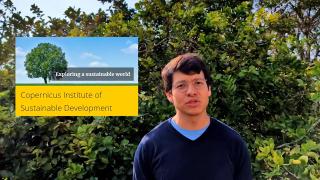Using skin and mucosa models to replace animal testing
The skin and mucosa are important tissues that differ between species in health and disease. The group of Sue Gibbs works on the development of advanced in vitro models that mimic these two tissues, specialising in immunity models and organ-on-a-chip technologies. They use skin models to study for example melanoma, skin allergies, eczema, burns and healing wounds. Dental models are used for the safety of materials used in dentistry, for example to test the quality of the implant and false tooth when it comes to attaching to the soft tissue. Their ambition is to expand into the field of multi-organ technology to make even more relevant models for the human skin and mucosa.
Click on the link in the video to watch more or read the interview with Sue he[https://vu.nl/en/research/more-about/using-skin-and-mucosa-models-to-replace-animal-testing]re.
New

TPI.tv: improving science through animal-free innovations and research

Five simple tricks for making your own video for TPI.tv

User Research in developing the virtual human platform
